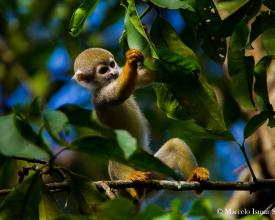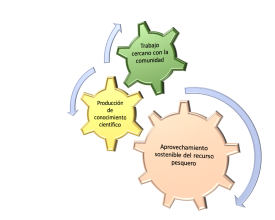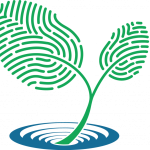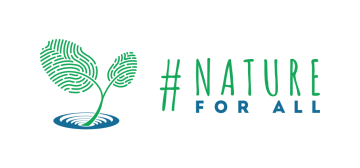
Reserva Mamirauá para el Desarrollo Sostenible - Trabajar con las comunidades indígenas de la Amazonia
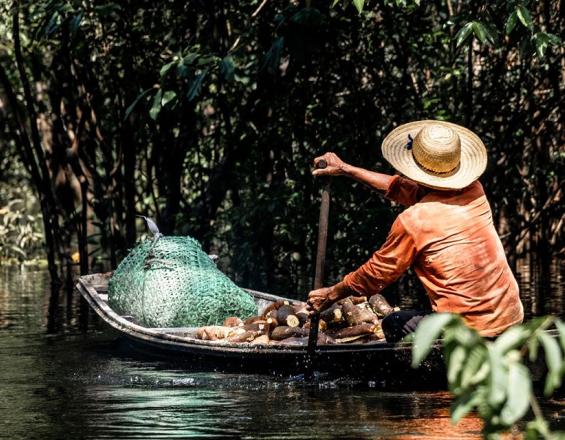
El Instituto Mamirauá para el Desarrollo Sostenible se creó en 1999 para proporcionar ciencia, tecnología e innovación a las comunidades de la región amazónica. Esto se hace con un alto nivel de ética y responsabilidad, respetando sus conocimientos tradicionales.
El Instituto es responsable de la creación de la Reserva de Mamirauá. Con 1.240.000 hectáreas, la reserva posee la mayor superficie de humedales del planeta y es la primera Reserva de Desarrollo Sostenible (categoría 6 de la UICN) de Brasil.
En las últimas décadas, Mamirauá ha sido sobreexplotada por empresas privadas, por lo que el Instituto trabaja en estrecha colaboración con las comunidades locales para garantizar el uso sostenible de los recursos pesqueros.
Contexto
Défis à relever
El reto más importante que presenta la región es la monopolización de las empresas para hacer uso del recurso pesquero y la profunda comprensión de la cosmovisión de las comunidades locales con vistas a implantar un programa de pesca sostenible que respete sus formas de trabajar.
Ubicación
Procesar
Resumen del proceso
El Instituto pretende garantizar la conservación y el desarrollo de las comunidades que componen la Amazonia a través de los tres pilares descritos, cuyo factor común es el trabajo en estrecha colaboración con las comunidades.
Es la cercanía con la comunidad la que genera respeto y confianza, lo que permite realizar investigaciones y generar conocimiento en conjunto, que a su vez sirve de insumo para que las comunidades tomen decisiones. Esta misma cercanía crea una comprensión de las necesidades reales de las comunidades y facilita el trabajo conjunto para desarrollar y aplicar ecotecnologías que ayuden a resolver algunos de los problemas a los que se enfrentan las comunidades.
Bloques de construcción
Trabajar en estrecha colaboración con la comunidad
El trabajo en estrecha colaboración con la comunidad respeta la diversidad de tradiciones, reconociendo elementos de carácter retrógrado.
El trabajo comunitario debe partir de los intereses y necesidades de la propia comunidad; ésta debe actuar como protagonista en la solución de los problemas.
El propósito de los procesos de gobernanza que aplica el Instituto es facilitar los procesos de comunicación entre la organización y las comunidades, utilizando metodología basada en talleres de gestión inclusiva.
Factores facilitadores
- En la región de Brasil se sabe que la conservación de la naturaleza está relacionada en un 90% con las comunidades locales. Teniendo esto en cuenta, el Instituto está estableciendo relaciones y creando un plan de trabajo a largo plazo.
- Los lazos de confianza que se establecen con las comunidades son cruciales para poder trabajar estrechamente con ellas.
- Procesos de gobernanza
- Procesos de gobernanza en las zonas de conservación indígenas y comunitarias.
Lección aprendida
- Varias organizaciones han participado en iniciativas para garantizar la conservación y el desarrollo de las comunidades. Sin embargo, no lo han conseguido porque no han sido capaces de comprender y respetar a las comunidades.
- Varias organizaciones siguen sin entender que el 90% de los proyectos de conservación implican a comunidades y pueblos indígenas
- Es importante trabajar de la mano con los procesos de gobernanza del gobierno; la gestión efectiva del territorio se logrará involucrando a los actores.
Producción de conocimientos científicos
El Instituto Mamirauá aporta conocimientos científicos a las comunidades locales y éstos se transmiten a las comunidades y pueblos indígenas, aplicando los procesos de gobernanza de las áreas de conservación.
Este conocimiento surge de 4 líneas de acción:
- Educación ambiental
- Protección ambiental
- Fortalecimiento de la comunidad
- Comunicación dentro de la comunidad
La producción de conocimiento busca crear soluciones a medio y largo plazo.
Factores facilitadores
- Respeto y diálogo: Los conocimientos generados se entregan a las comunidades, pero no se les imponen. Son ellas las que deciden si se aplican las estrategias propuestas.
Lección aprendida
- Cada comunidad y grupo es diferente y nunca se debe dar por sentado que lo que funciona para una comunidad funcionará para la comunidad vecina. (No se trata de modelos reproducibles).
- Los contextos, el liderazgo y las formas de trabajar varían. Si no se tienen en cuenta estas diferencias, los procesos de conservación se vuelven complicados e incluso imposibles de desarrollar.
Tecnologías ecológicas
Existe un consenso cada vez mayor sobre la necesidad y la posibilidad de orientar los esfuerzos de investigación e innovación hacia el logro de la conservación mediante tecnologías respetuosas con el medio ambiente.
El Instituto utiliza la tecnología para el desarrollo principalmente para facilitar procesos clave en las comunidades y hacer frente al cambio climático. No obstante, se consulta con las comunidades y los pueblos indígenas, ya que son ellos quienes tienen la última palabra a la hora de ejecutar estos proyectos.
Factores facilitadores
- Alianzas con empresas y/u organizaciones proveedoras de tecnología.
- Comentarios de quienes deciden implantar la tecnología para un proceso de mejora continua.
Lección aprendida
- En cuanto a los demás pilares, la consulta a las comunidades es esencial para obtener y utilizar tecnologías.
Impactos
- Las comunidades de la Reserva de Mamiraua disponen de información técnica y científica para la toma de decisiones.
- La reserva cuenta con un programa de pesca sostenible.
- El trabajo de conservación en Mamiraua garantiza la conservación de la marisma más importante y biodiversa del planeta.
- Hay más de 300 profesionales trabajando activamente en la conservación de esta región.
Beneficiarios
- Comunidades de la Reserva de Desarrollo Sostenible Mamirauá.
- Ciudades cercanas que dependen de los recursos hídricos.
- La nación de Brasil que depende de la conservación de la cubierta forestal para garantizar los servicios ambientales.
Objetivos de Desarrollo Sostenible
Historia
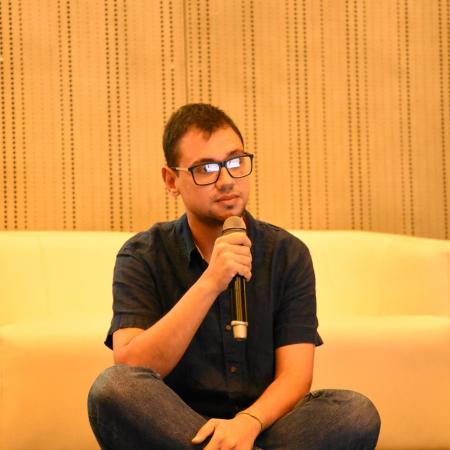
El trabajo realizado en Mamiraúa es conocido por mucha gente gracias a Luciano Regis, un líder joven y apasionado, que aprecia la biodiversidad de Brasil y está comprometido con la conservación en su país, que ocupa el primer lugar del mundo en biodiversidad. Su trabajo le ha brindado la oportunidad de conocer a las comunidades que viven en Mamirauá, sus tradiciones, su forma de vida y su conexión con la conservación. Ellas le han inspirado para emprender actividades de fomento del desarrollo local y la conservación.
Su trabajo le llevó a unirse a RELLAC - Juventud, una organización compuesta por jóvenes profesionales en Áreas Naturales Protegidas de América Latina y el Caribe, donde con liderazgo logró fortalecer una red juvenil para la conservación en Brasil.
Luciano y los jóvenes de RELLAC son un modelo a seguir para #NatureForAll, un movimiento global cuya misión es inspirar el amor por la naturaleza.



